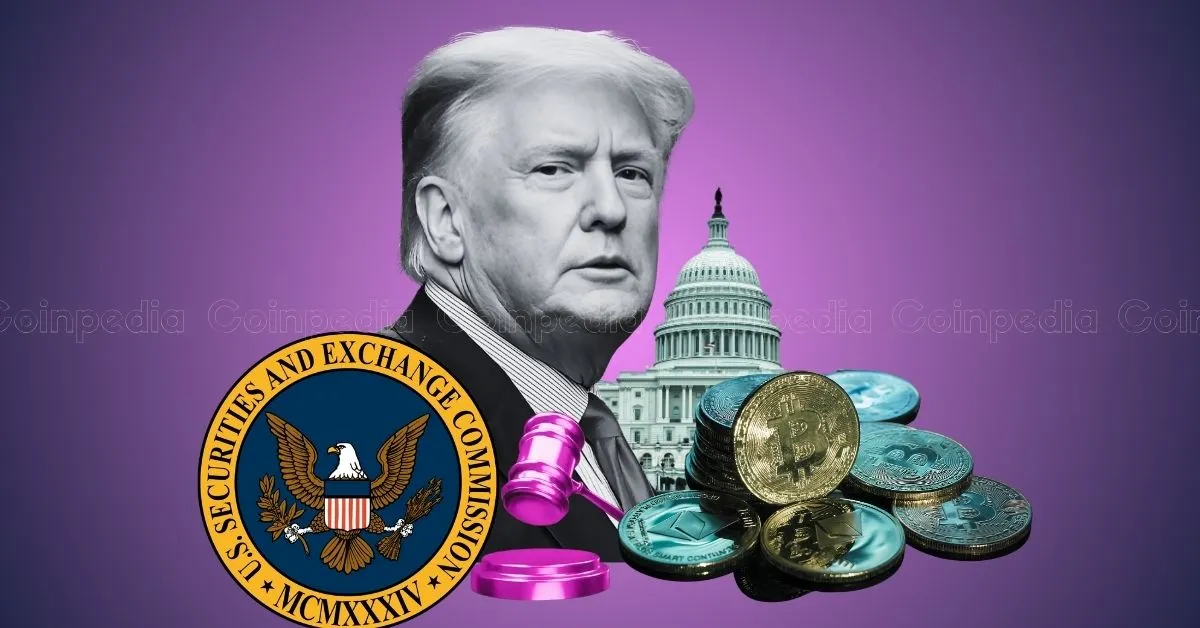
Despite the widespread belief that cryptocurrencies are the primary vehicle for illicit activities, a new report by the Crypto Information Sharing and Analysis Center (CryptoISAC) shows that criminals continue to prefer cash.
A nonprofit focused on improving crypto and blockchain security has published findings that challenge long-held assumptions about the role of cryptocurrencies in illicit finance.
Criminals Use Cash Much More Than Cryptocurrencies
For years, cryptocurrencies have been linked to drug trafficking, terrorism, and other illicit activities, fueled by high-profile incidents like the collapse of FTX and the Silk Road marketplace. But new data from CryptoISAC and blockchain analysis firm Merkle Science suggests that traditional financial systems may actually facilitate more criminal activity than crypto.
The report, titled Blockchain’s Role in Reducing Illicit Finance, was co-authored by Robert Whitaker, director of law enforcement affairs at Merkle Science and former supervisory special agent at the U.S. Department of Homeland Security. According to Whitaker, cash remains the preferred method for criminals due to its anonymity.
“Cash will always be number one because of its truly anonymous nature,” Whitaker explained. In contrast, U.S.-based cryptocurrency exchanges must adhere to strict regulations like know-your-customer (KYC) and anti-money laundering (AML) rules, making it easier for law enforcement to track transactions on the blockchain. Cryptocurrencies are “law enforcement friendly in that there’s a public, immutable ledger behind them,” Whitaker said. Cash, on the other hand, is much harder, sometimes impossible, to track.
According to the report, an estimated 2% to 5% of global GDP is laundered annually through traditional financial systems, amounting to between $800 billion and $2 trillion. In comparison, only 0.34% of total on-chain crypto transaction volume was flagged as potentially illicit in 2023, down slightly from 0.42% in 2022, according to data from blockchain analytics firm Chainalysis.
The U.S. Treasury Department reiterated these findings in its 2024 money laundering risk assessment, noting that “the use of virtual assets for money laundering remains far below that of fiat currencies.”
*This is not investment advice.











